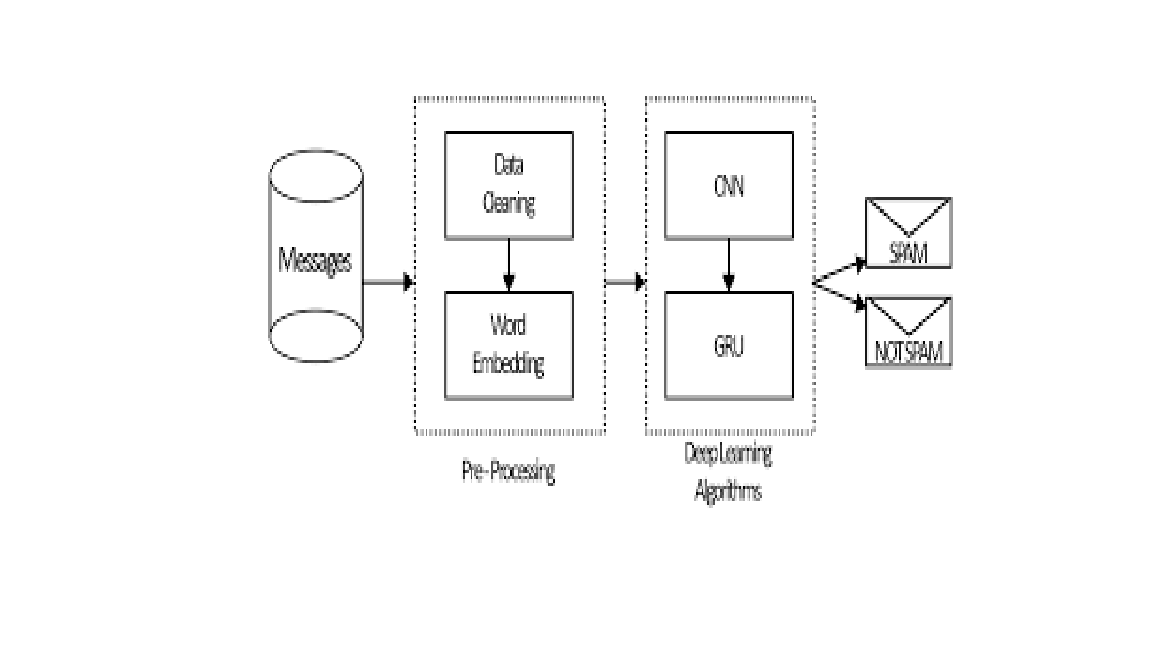LSTM-Powered Spam Detection: A Deep Learning Approach for Sequential Text Classification
Main Article Content
Abstract
The proliferation of digital communication platforms has brought convenience but also a surge in unsolicited and potentially harmful spam messages. These messages not only compromise user experience but may also pose security threats. To address this issue, the proposed work leverages a deep learning-based approach using Recurrent Neural Networks (RNNs), specifically Long Short-Term Memory (LSTM) networks, to accurately classify and filter spam from legitimate (ham) SMS messages.The model is trained on a publicly available SMS spam dataset, where extensive preprocessing—including stop word removal, stemming, and lemmatization using the Natural Language Toolkit (NLTK)—is performed to standardize the input text. The cleaned messages are vectorized and normalized before being split into training and testing subsets (80:20 ratio). An LSTM-based architecture is designed and trained with optimized hyperparameters such as batch size and number of epochs to balance model accuracy and training efficiency.Upon evaluation, the model demonstrates robust classification performance, achieving an accuracy exceeding 95%, along with strong precision, recall, and F1-score metrics. The implementation, developed using the Jupyter Notebook environment, highlights the potential of LSTM networks in natural language processing tasks, particularly in spam detection applications. This approach provides a reliable and scalable solution for mitigating spam-related issues in messaging systems.
Downloads
Article Details

This work is licensed under a Creative Commons Attribution-NoDerivatives 4.0 International License.
